07-04-2018, 10:50 PM
Having the tractor out of the shed has enabled me to put a little energy into the frankenmill. I wheeled out the spare overarm, nice to have a potentially sacrificial unit if this all goes pear shaped.
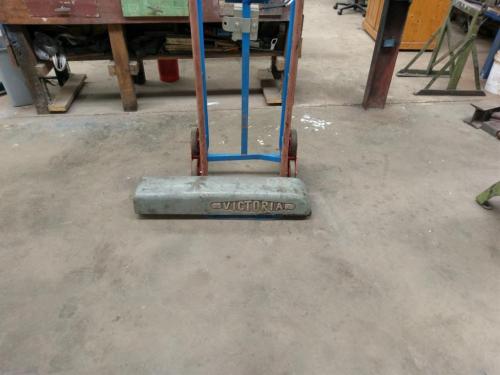
As suspected, the little badge on the front end of the ram hides a hole, presumably where the casting core would have been cleaned out from. Access to the hollow should prove handy.
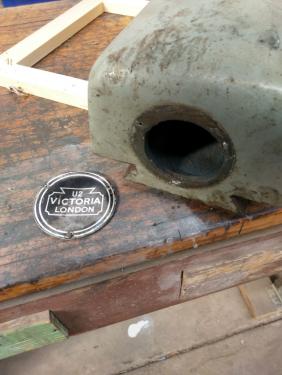
I was expecting to find a series of gussets inside the casting as in this image http://www.lathes.co.uk/victoria/img4.gif but the casting is a simple hollow section with no gussets at all.
The challenge is to reproduce the tilt section of the BP knuckle on the front end of the U2 overarm.
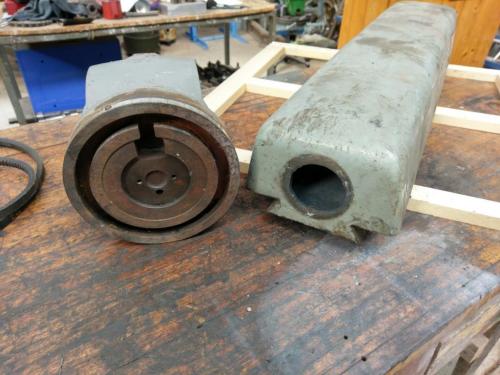
I mounted the overarm on the mill table and used a face mill in the main spindle to cut a plane on the front end. Lots of weight hanging off the front of the table.
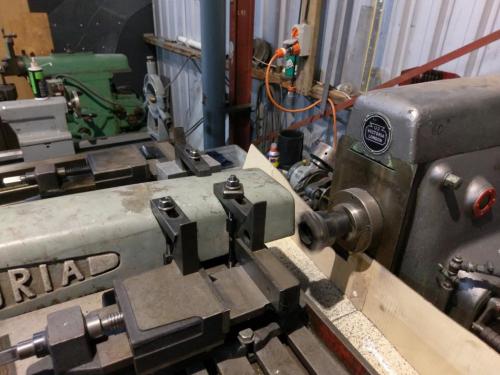
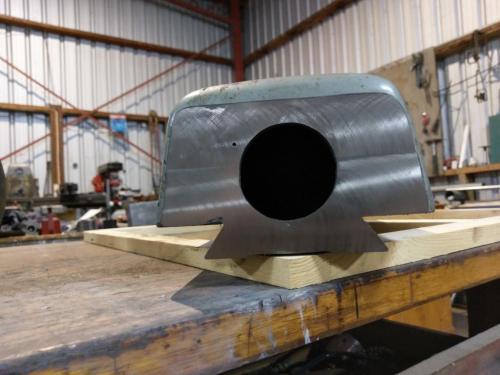
I need to find a couple of pieces of heavy plate to make the adaptor arrangement, tried two scrap metal merchants today but no luck, this project will be dependent on finding some suitable plate. I did find a suitable lump of scrap for another project though.
I'm currently waiting on a delivery from the US of the parts needed to complete the J-head rebuild, plus a MachTach the will go in as it goes together.
As suspected, the little badge on the front end of the ram hides a hole, presumably where the casting core would have been cleaned out from. Access to the hollow should prove handy.
I was expecting to find a series of gussets inside the casting as in this image http://www.lathes.co.uk/victoria/img4.gif but the casting is a simple hollow section with no gussets at all.
The challenge is to reproduce the tilt section of the BP knuckle on the front end of the U2 overarm.
I mounted the overarm on the mill table and used a face mill in the main spindle to cut a plane on the front end. Lots of weight hanging off the front of the table.
I need to find a couple of pieces of heavy plate to make the adaptor arrangement, tried two scrap metal merchants today but no luck, this project will be dependent on finding some suitable plate. I did find a suitable lump of scrap for another project though.
I'm currently waiting on a delivery from the US of the parts needed to complete the J-head rebuild, plus a MachTach the will go in as it goes together.
Lathe (n); a machine tool used in the production of milling machine components.
Milling Machine (n); a machine tool used in the production of lathe components.
Milling Machine (n); a machine tool used in the production of lathe components.





![[Image: TomsTechLogo-Profile.png]](http://tomstechniques.com/wp-content/uploads/2013/11/TomsTechLogo-Profile.png)

 ) Tramming the vice with a jaw that looked like the surface of the moon was impossible, so I whipped the fixed jaw off and introduced it to the surface grinder. Not only was it rough, it was not anywhere near flat.
) Tramming the vice with a jaw that looked like the surface of the moon was impossible, so I whipped the fixed jaw off and introduced it to the surface grinder. Not only was it rough, it was not anywhere near flat.